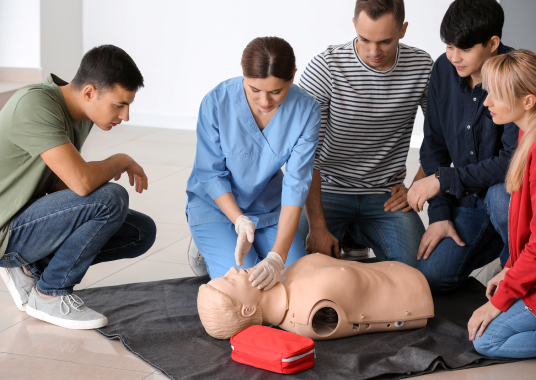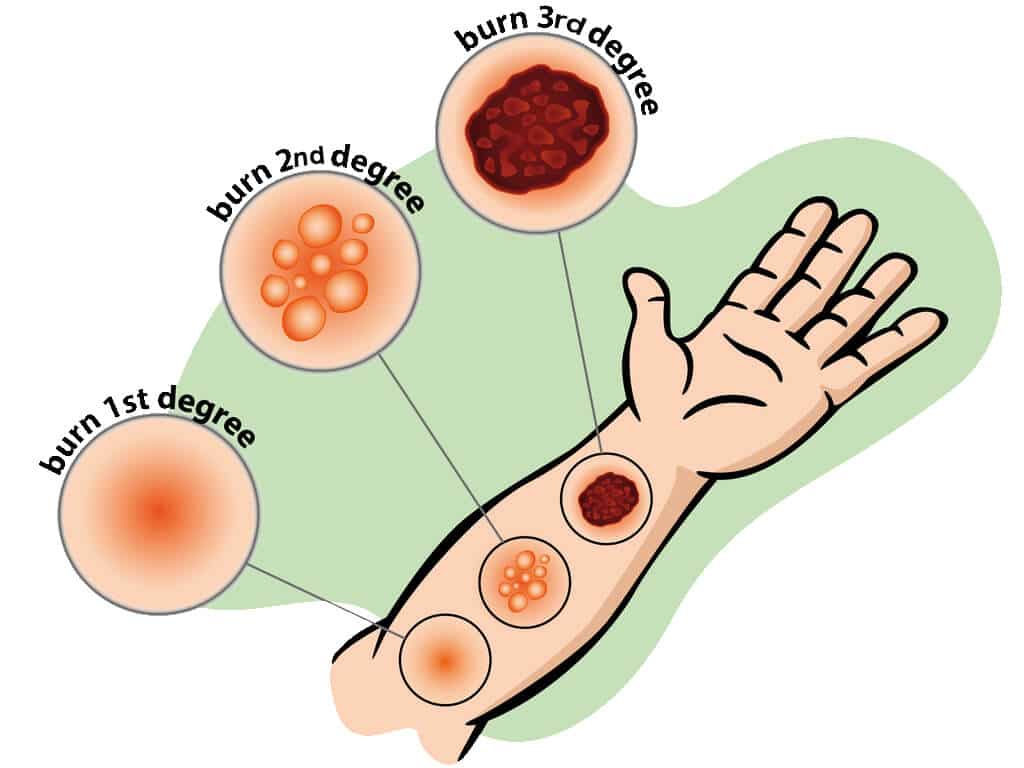CPR, First Aid, BLS, ACLS, PALS certifications.


Get certified in Adult, Child, and Infant CPR, First Aid, and Bloodborne Pathogens with our 100% online combo course. Complete it in just 2 hours and receive instant certification, unlimited quiz retakes, and mailed wallet cards—valid for 2 years for CPR/AED and First Aid and 1 year for Bloodborne Pathogens.
| Chapters | CE Credits | Validity | Cost | Duration | ECC | Exam Attempts | Wallet Card |
|---|---|---|---|---|---|---|---|
| 24 | 6.0 | 2 Years | $36.95 | 2-3 Hrs | Compliant | Unlimited | Download/Print/Mail |
Burns are injuries to the skin—the body’s largest organ—and the way you treat them depends on how deep the damage goes. They can happen for all sorts of reasons, including
You’ll also see electrical burns and common kitchen accidents, like touching a hot stove or boiling water.
Symptoms can range from mild to severe. A person might have swelling, blisters, pain, or numbness. The skin may peel or ooze fluid. In more serious cases, the person may go into shock or have trouble breathing. Depending on the severity, the skin could look red, white, or even charred.
There are three levels of burns to know.

As part of your CPR and First Aid Certification, you’ll learn not just how to help, but what to avoid. Don’t apply ointments or home remedies to serious burns. Skip the ice, don’t remove anything stuck to the skin, and never pop blisters or use sticky dressings. If the burn is severe, don’t offer food or water and avoid touching the wound directly.
By the end of this chapter, you’ll be better prepared to respond to burn emergencies as part of your Online CPR/AED and First Aid Combo Course.